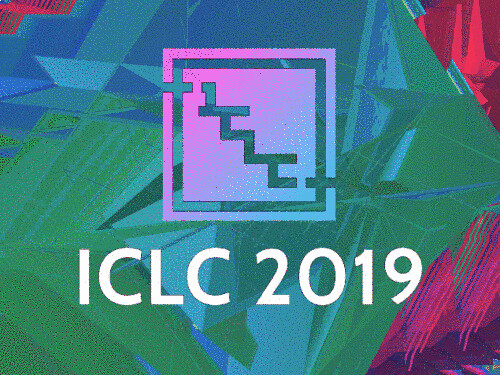Du and Pokhara districts are urban, and also the Chitwan and Parbat
Du and Pokhara districts are urban, and the Chitwan and Acalabrutinib chemical information Parbat districts are rural (Fig ). The Kathmandu and Pokhara districts would be the 1st and second biggest cities in Nepal, respectively, and these are the most extremely populated regions inside the country where most residents operate in company, service and government sectors. The Chitwan and Parbat districts are rural locations consisting of modest villages which are significantly less densely populated where most residents work in the agriculture or forestry sectors. To ensure the random assignment of groups, subjects werePLOS A single DOI:0.37journal.pone.07098 February 7,three Sustainability of popular pool resourcesFig . The places of fields: Kathmandu and Pokhara as urban regions and Parbat and Chitwan as rural regions. doi:0.37journal.pone.07098.gselected from different cities and villages in cooperation with local NGOs and offices for each session. In using this method, we avoided recruiting participants who knew one particular one more. A total of 528 subjects participated in this experiment, which is the maximum number of subjects that we could recruit below our time and price range constraints. As PubMed ID:https://www.ncbi.nlm.nih.gov/pubmed/27007115 each group consists of 4 subjects inside the CPR game, the 67 groups and 65 groups of 268 and 260 subjects for the urban and rural areas have been formed, respectively. In each and every session, 5 8 groups convened in a single place, and subjects weren’t allowed to communicate with a single a further. On average, every single session from the CPR games and questionnaires lasted 3 hours. The subjects are told that the CPR game begins with an initial group token (initial resource stock) of 20 for each group, and that the following period would be reached so long as the resource just isn’t depleted by the group members and so long as the red chip is just not selected by the group representative. We described the resource and its dynamics utilizing neutral terminology. The resource stock and escapement are expressed as “tokens” and “remaining tokens” for that offered period, as well as the “nextperiod tokens” develop by 50 for the remaining tokens. We did not have access to computers or an net connection within the field. The sessions were therefore managed manually by experimenters and analysis assistants for every single session. In the begin of each period, subjects were given the info around the group tokens and were asked to make a person decision on how many tokens they would take. Right after the individual decisions were produced, the participants were informed with the group harvest and with the remaining tokens. Nevertheless, they were not informed of group members’ individual harvests. Unless no tokens were left, a representative of each group was randomly chosen to choose 1 chip from a box with 9 white chips and red chip. When a white chip was selected, the group moved to  the next period. Soon after finishing the CPR games, we administered questionnaires on sociodemographic information and facts as well as the social worth orientation (SVO) game (adopting the “Slider Method”) for identifying subjects’ social preferences [32]. Subjects had been paidPLOS One particular DOI:0.37journal.pone.07098 February 7,4 Sustainability of widespread pool resourcesreal cash based on the cumulative payoffs of their decisions produced throughout the experiments like the SVO and CPR games along with a showup charge inside the regional currency valued at US 2. Experimental rupees were converted towards the Nepalese rupee (hereafter, NPR)at a price of experimental token two NPRs. On typical, NPR 500 was paid towards the participants, which is almost equivalent to five.Ethics statementThis st.
the next period. Soon after finishing the CPR games, we administered questionnaires on sociodemographic information and facts as well as the social worth orientation (SVO) game (adopting the “Slider Method”) for identifying subjects’ social preferences [32]. Subjects had been paidPLOS One particular DOI:0.37journal.pone.07098 February 7,4 Sustainability of widespread pool resourcesreal cash based on the cumulative payoffs of their decisions produced throughout the experiments like the SVO and CPR games along with a showup charge inside the regional currency valued at US 2. Experimental rupees were converted towards the Nepalese rupee (hereafter, NPR)at a price of experimental token two NPRs. On typical, NPR 500 was paid towards the participants, which is almost equivalent to five.Ethics statementThis st.